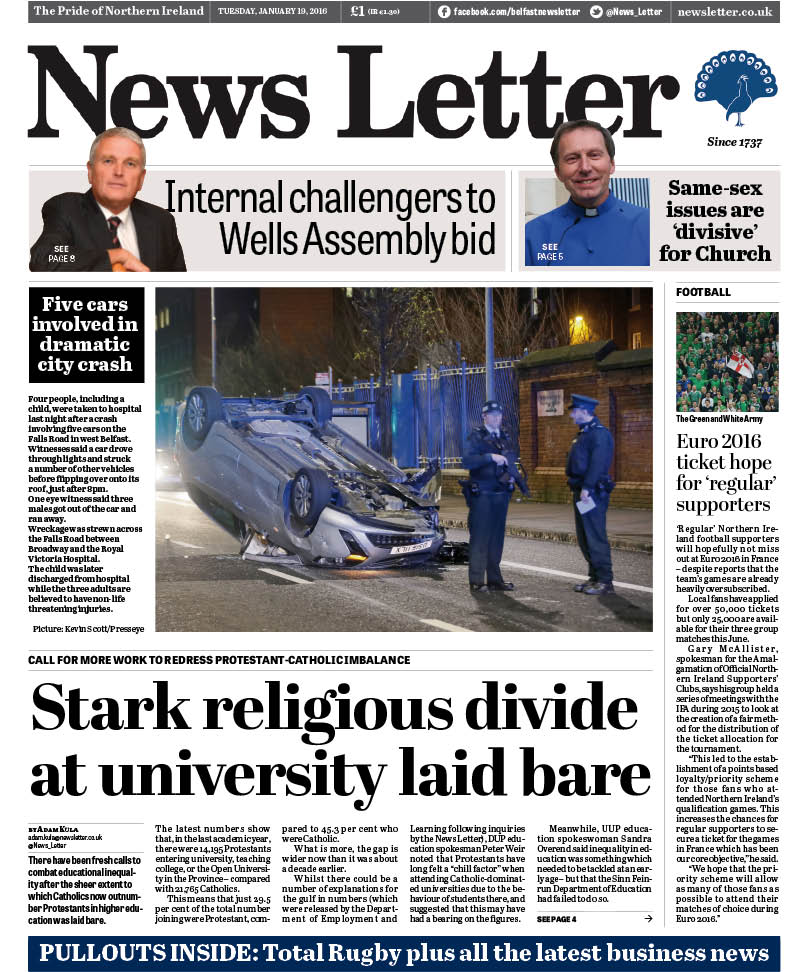The monitoring of demographic data might not be everyone's cup of tea. Many will refer to it as "sectarian head counting." However the fact remains that there has always been a close correlation between religion and politics in the North of Ireland. Very few if any Catholics vote for Unionist parties and very few Protestants vote for Nationalist parties. Therefore demographic change can give us a clue as to how voting patterns will develop in the future. This is the reality.
The Equality Commission have published their 26th Monitoring Report. This report provides a breakdown of the composition of the North's workforce in the year 2015. The trend has not changed and parity is likely in 2017 or 2018.
The composition of Catholics in the workforce increased to 47.9% (+0.5%) in 2015 while the Protestant proportion decreased to 52.1%.
The reason the trend has continued in 2015 is due to the percentage of Catholic community background applicants (52.9%) and appointees (53.1%) being greater than their Protestant counterparts (47.1% and 46.9% respectively).
The most puzzling aspect of this report is why Protestants make up only 49.1% of leavers from the workforce when according to the 2011 census, retirement age Protestants make up c65% of the general population?
The DUP's Gregory Campell in a recent attack on the Equality Commission complained that Protestants were under represented in appointments to the workforce. These figures show there is an under representation of 0.2%, in other words there is no under representation.
Perhaps Gregory hasn't come to terms with the fact that demographics have changed. Annually published figures such as Equality Commission Monitoring Reports show us that the trends seen in the 2011 census show no sign of abating. Therefore 2017 marks the first time that Catholics in the North outnumber Protestants in the general population. Significant given the raision d'etre for the 1921 gerrymandering was to provide a "Protestant state for a Protestant people." 











